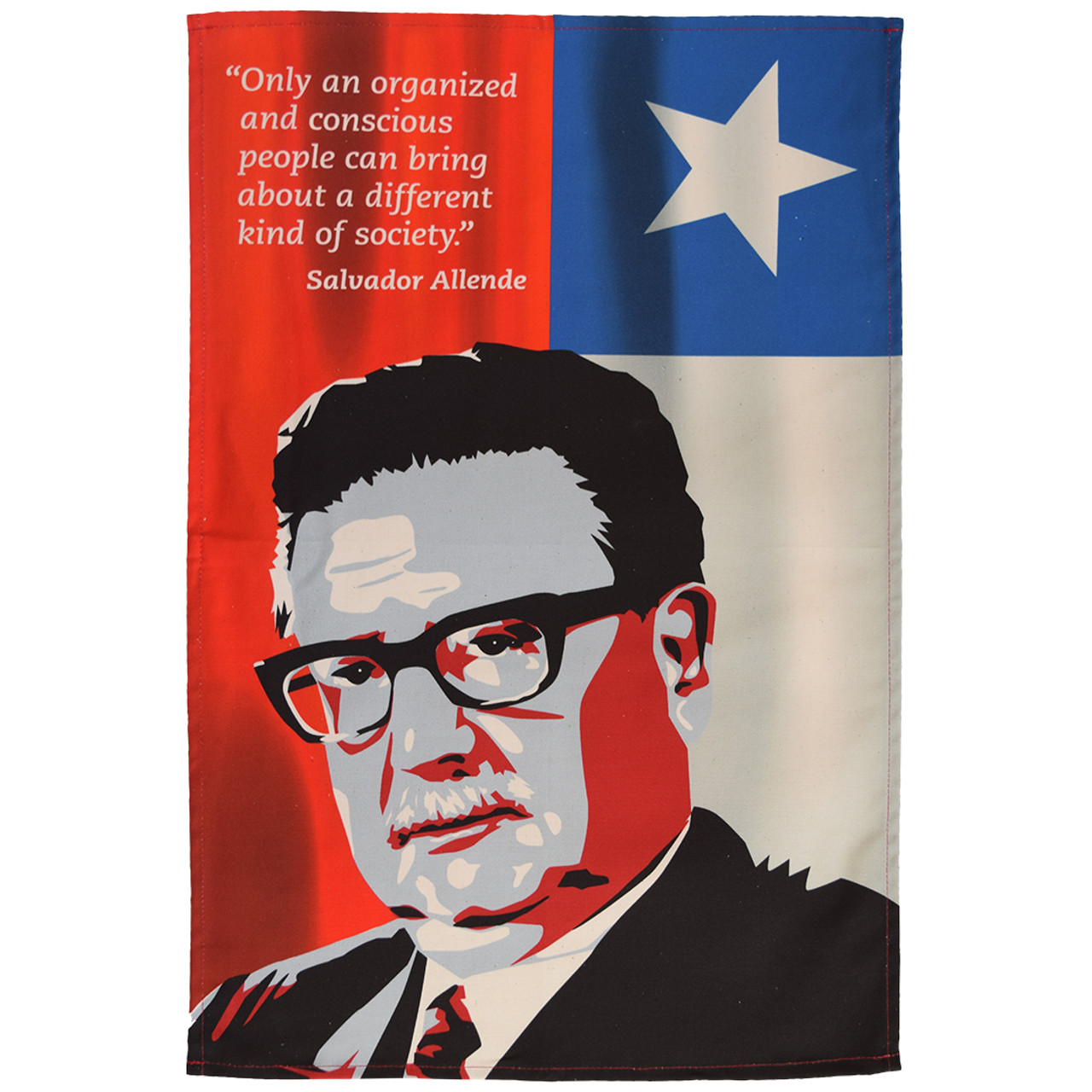We use cookies to make your shopping experience better. By using our website, you're agreeing to the collection of data as described in our Privacy Policy.
Zombie Revolutionary: Augusto Sandino and the Nicaraguan Revolution

On this day in 1979, Sandinista revolutionaries took power in Nicaragua - 45 years after Sandino's death
“…our cause will live on through those who follow us.”
These were the words of Augusto Cesar Sandino (1895-1934), the Nicaraguan revolutionary.
Sandino led a war of national liberation against one of the many U.S. invasions of Central America during the 1920s and 1930s.
In that era, the U.S. government assumed for itself the right to intervene military in Latin America whenever it pleased.
Backed by thousands of Nicaraguan peasants, Sandino waged a struggle against the U.S. occupation and its allies in the Nicaraguan elite. And he won.

Known as 'the bandit' by the US government, Sandino is considered a national hero in Nicaragua
In 1933, the U.S. was forced to evacuate its troops, and Nicaragua glimpsed a new future in which its national sovereignty would be secure against imperialism.
But then, in 1934, Sandino was assassinated.
The U.S. occupation of Nicaragua had helped to establish and train a brutal paramilitary force called the Guardia Nacional.
The Guardia enforced the will of the Nicaraguan elite and of U.S. corporations, long after the North American Marines had left.
Under the command of a fascistic gangster, Anastasio Somoza García, the Guardia refused to accept Sandino’s triumph against the U.S. invaders, and so they killed him.
But Sandino’s political vision of a Nicaragua independent of U.S. imperial power did not die with him.
Like Che Guevara in Cuba, Sandino has become a revolutionary icon across South America
After his successful counter revolution against Sandino in 1934, Somoza carved out a dynastic dictatorship for his family in Nicaragua, based on the repressive violence of the Guardia Nacional and its U.S. backers.
During these decades between the 1930s and the 1970s, the Somoza clan made sure that Nicaragua was effectively a U.S. colony.
Nicaragua’s formal sovereignty was meaningless, labour unions were violently crushed, and the landless peasantry was kept subordinate to U.S. corporations, who owned huge swathes of the country’s agricultural land.
But in the 1960s, everything began to change.
Social revolution was afoot in Central America and the Caribbean during the Cold War.
In Guatemala during the 1940s and 1950s, a popular movement began to establish political and social democracy, introducing electoral politics and land reform, only to be overthrown by a right-wing coup in 1954, funded and organised by the CIA.
It was the same, murderous playbook that the Nixon administration would use against
Salvador Allende government in Chile in 1973.
Allende was head of the Popular Unity government from 1970 until his suicide in 1973 during a US-backed military coup led by Augusto Pinochet
See the Salvador Allende tea towel
It became apparent to Latin Americans in the region that the United States, while berating the Soviet Union for crushing democracy in central and eastern Europe, was happy to do the exact same thing in its own ‘backyard’ in the Americas.
In this Cold War context, where the U.S. seemed unwilling to tolerate the electoral path to political and social reform in Latin America,
Cuban revolutionaries led by Fidel Castro and Che Guevara took power through a popular armed struggle in 1959.
Seeing what was possible in Cuba, which had for so long been a de facto U.S. colony, Nicaraguans began their own revolution against the Somoza dynasty.
In 1961, the Sandinista National Liberation Front (FSLN) was created by left-wing students in the Nicaraguan capital of Managua.
Enjoying international solidarity from Cuba and the nearby democratic governments in Panama and Venezuela, the FSLN expanded its coalition to include a large part of the Nicaraguan peasantry and other enemies of the Somozas.
By the 1970s, the revolutionaries in Nicaragua were strong enough to launch an armed struggle to overthrow the Somoza regime once and for all.
It was tough going, as the Guardia Nacional resorted to new levels of brutality, including the widespread torture and murder of political dissidents.
Somoza’s repression became so bad that even the U.S. government was briefly forced to suspend its support in 1978.
Then, in January of that year, a prominent Nicaraguan liberal leader was assassinated.
This provoked a massive general strike by the working class across Nicaragua, drastically undermining the Somoza regime.
Over the next year, the FSLN’s armed forces began to advance towards the capital.
Once they were at the gates of Managua, the Somozas fled the country, and the revolutionaries entered the city on this day in 1979.
Forty five years after his assassination, Sandino had inspired a revolution from the grave.
The new Sandinista government would be quickly destabilised by the criminal interferences of the Ronald Reagan administration.
But for a brief moment in 1979, Sandino’s anti-imperialist mission in Central America had been redeemed.





